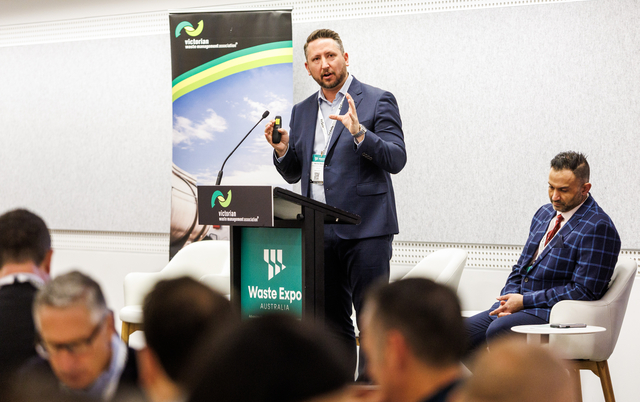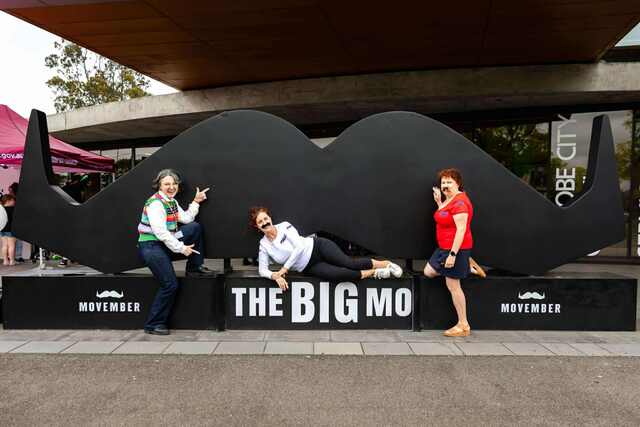The Good Oil by Rod Brown*
Used tyres in Australia are a major environmental problem for local Councils. Around 56 per cent of used tyres are disposed of to landfill each year. This is equates to 11 million tyres or 225,000 tonnes of the stuff. Here in the Canberra, which prides itself on a No Waste agenda, there are a reported three million tyres buried at a site in Belconnen – the result of 30 years practice. In addition another eight to ten per cent of unused tyres are being disposed of to illegal sites (midnight sorties to dump them in dams or creeks) or being scattered over silage stacks, or around the backyard by petrol head sons. We can all relate to this!
Apart from the longer term environmental damage and the unnecessary consumption of valuable landfill capacity, there is a loss of the resource value inherent in used tyres. Thankfully the Federal and State Governments, together with the key industry bodies, are likely to sign off within a few months on a National Tyres Product Stewardship Agreement, coming into force on 1 July next year. This will be backed by various initiatives to raise the present 28 per cent tyre recycling rate to 90 per cent over the next ten years.
One of the carrots is expected to be a 20 per cent subsidy to manufacturers of designated rubber derived products. There are substantial benefits to local Councils too – the scheme provides a vehicle for savvy Councils to act as collection points for tyre recyclers.
On behalf of an investor, I have had very positive talks with a sample of Councils in recent weeks – they have an exciting and timely project that can solve Councils’ used tyre problem. Please email me for further details.
National growth via regional prosperity, says OECD
The economic wellbeing of a country is increasingly driven by the prosperity of a small number of regions within it. In some developed countries, more than 40 per cent of the economic growth is produced by only ten per cent of its regions. The OECD has released its ‘Regions at a Glance’ study that offers comparisons across countries. It uses charts and maps, and focuses on three themes – regions as drivers of national growth, making the best of local assets, and competing on the basis of the social wellbeing of a region.
Interestingly, the OECD observes that economic activity is generally greatest in cities where the population density and education levels are high – 53 per cent of people in OECD countries live in urban regions and those regions claim 64 per cent of the highly educated. This pattern of concentration is reinforced by more economic opportunities and wider availability of services stemming from the very process of urbanisation. Using regional benchmarking, the report shows that the main factors explaining high, or low, GDP per capita are productivity, employment opportunities, and skills levels. It argues that a region’s economic assets are crucial to its ability to compete. These include the proximity of universities, health services and so forth.
Terror in the Monaro region
Still on the regional theme, my consultant colleague, Denis Taylor, and I were recently discussing the rural-city divide as we motored down the Hume Highway. “Today’s youth don’t seem to have the same resonance with the Bush – when I was young we spent weeks every year on farms in different parts of NSW,” he said.
He then provided an insight. “We lived on Sydney’s north shore and Dad had bought a car trailer for camping trips. I was about 10 years old, so it must have been about 1955. Mum, Dad and I headed off to Victoria via the Cann River Highway. Half way between Bombala and Cann River, on that dusty unsealed section, we pulled over to camp for the night. In those days you just camped where you liked. We had a campfire meal and went to bed in the trailer. But all night the forest was alive with roars, howls and screams. We didn’t sleep a wink. I was wondering if Australia had some kind of Yeti or worse. Christ I was scared!’ In the morning we were groggily having some tea and toast, when around the corner came Ashton’s Circus!”
Sydney or the Bush
Sydney is a fantastic, vibrant city. But it’s a victim of its own success. Premier Iemma must be ruing the legacies of previous administrations – the cross-city tunnel saga, mounting travel times, ethnic tensions, lengthy hospital waiting lists, water resource problems, the list goes on. Whatever happened to former Premier Carr’s agenda to get people out of Sydney and into regional NSW? Not much that I can see.
NSW has for many years stood for Newcastle-Sydney-Wollongong in the minds of those outside these cities. And the NSW Government has been traditionally niggardly in funding infrastructure and offering incentives for firms to locate to regional areas. The neglect is beginning to show. This week I was working in the Murray region and, with the exception of Albury, the difference in the standards of roads and the quality and amenity of the towns either side of the border is quite marked.
Towns in Victoria like Yarrawonga, Cobram, Echuca, Numurkah and Rutherglen are prosperous and inviting. I will return to this issue next month.
Anyway, the Rutherglen folk must be characters. As road sign in the town proudly states ‘Sydney might have a great harbour, but we have a great port.’
* Rod Brown’s Canberra based consultancy group, Australian Project Developments Pty Ltd, specialises in industry/regional development and government liaison. For further information telephone (02) 6231 7261 or email apd@orac.net.au







